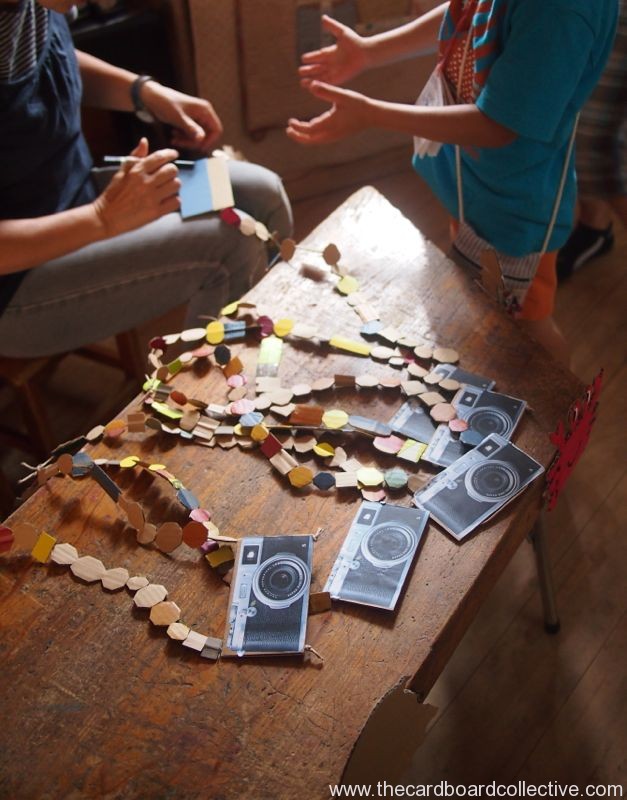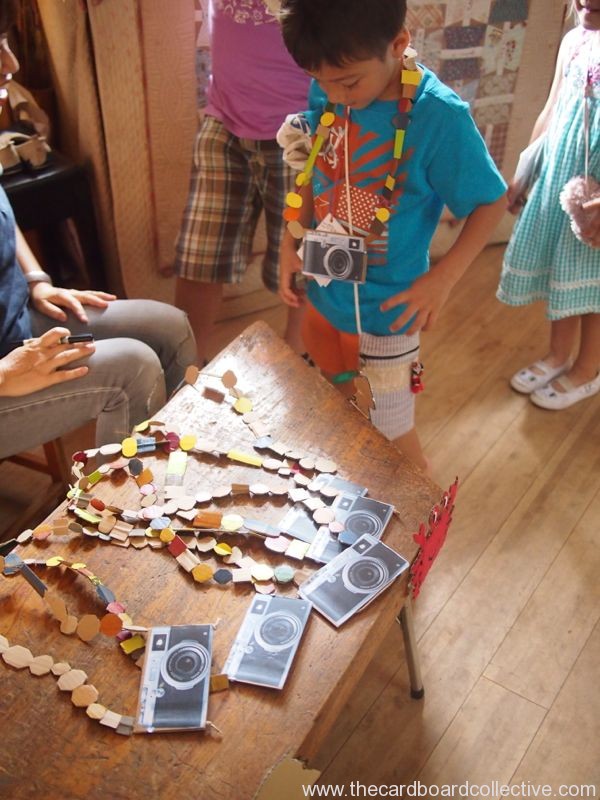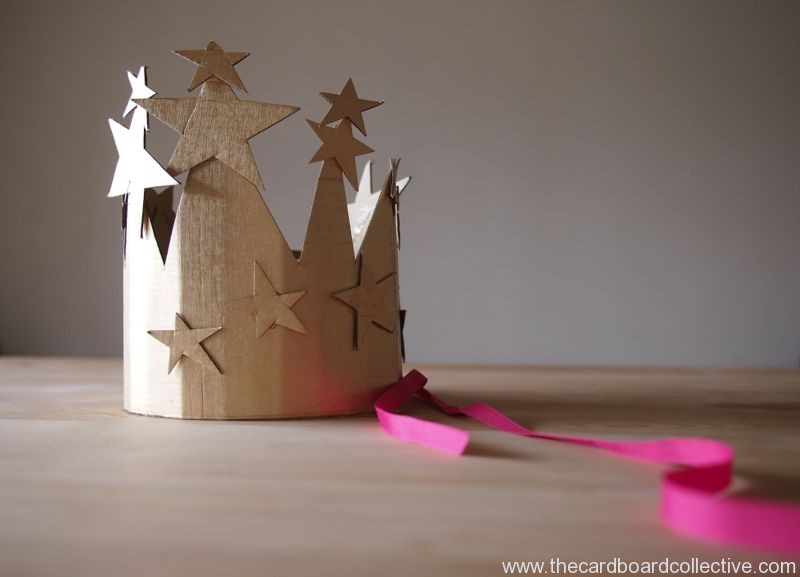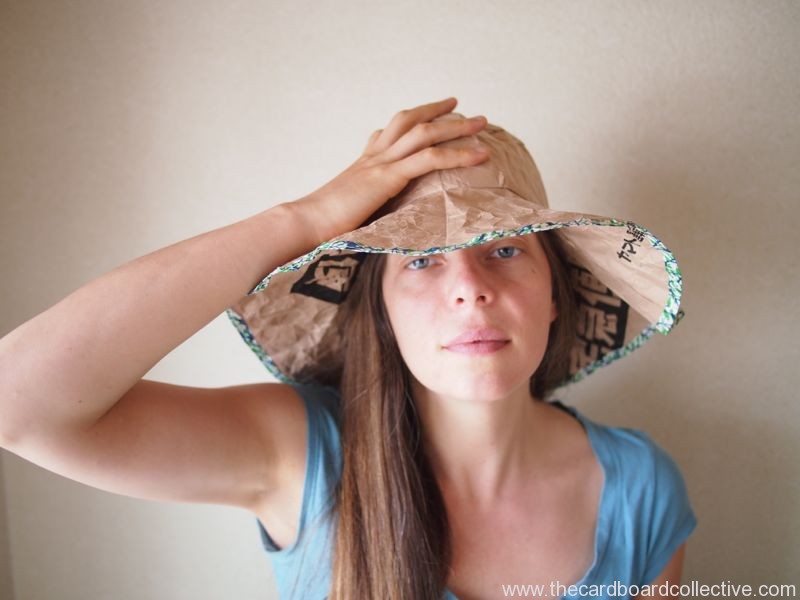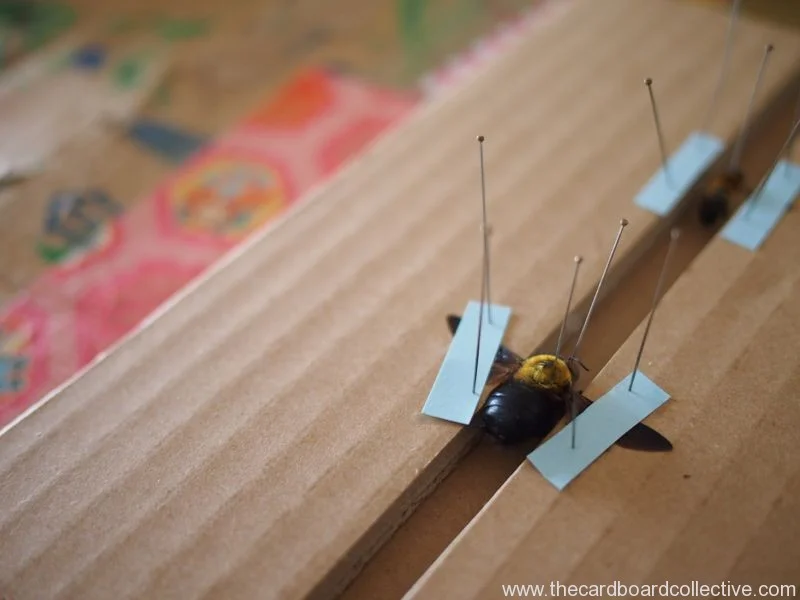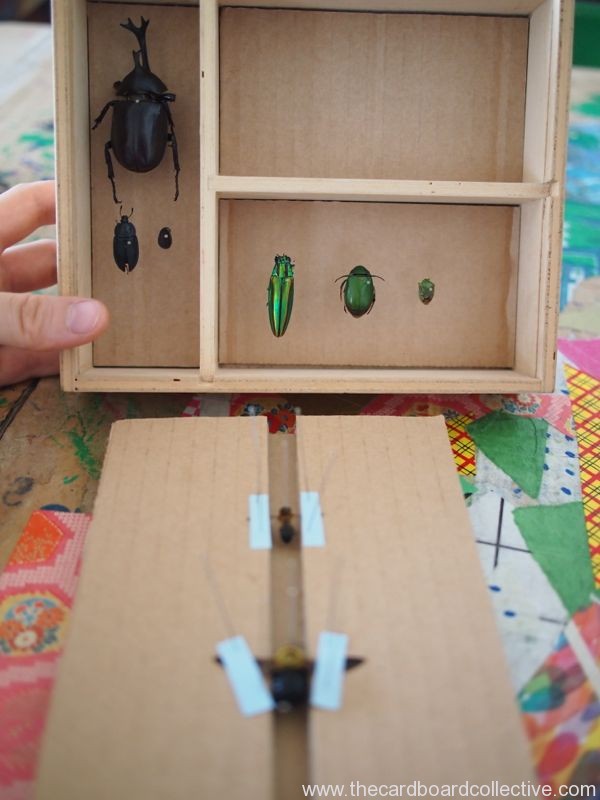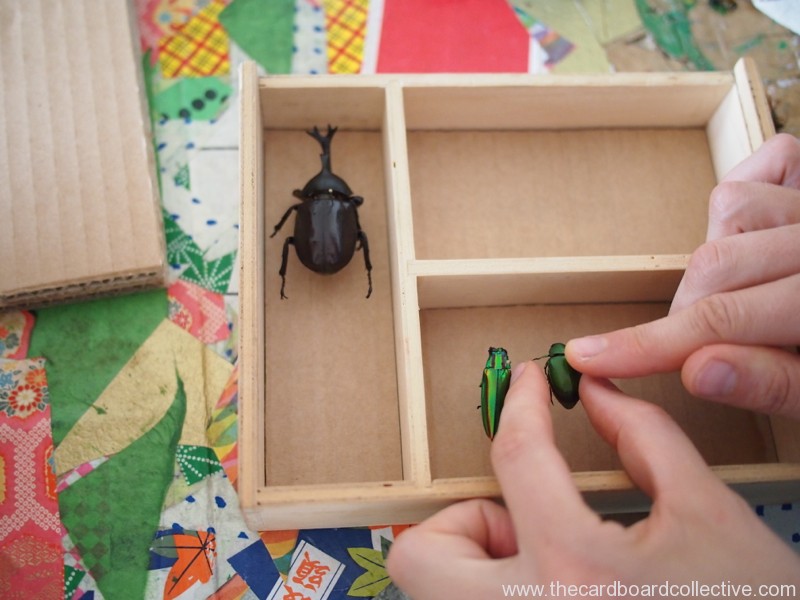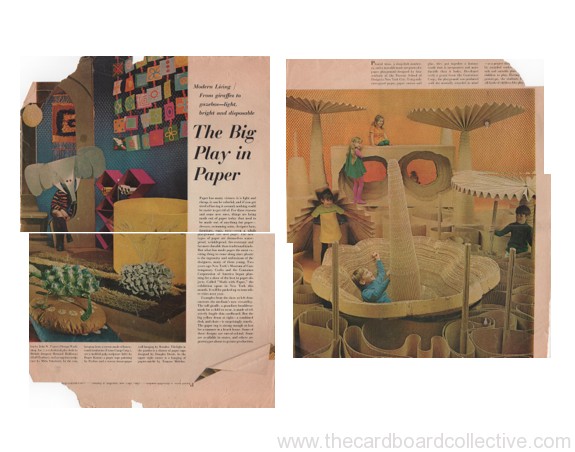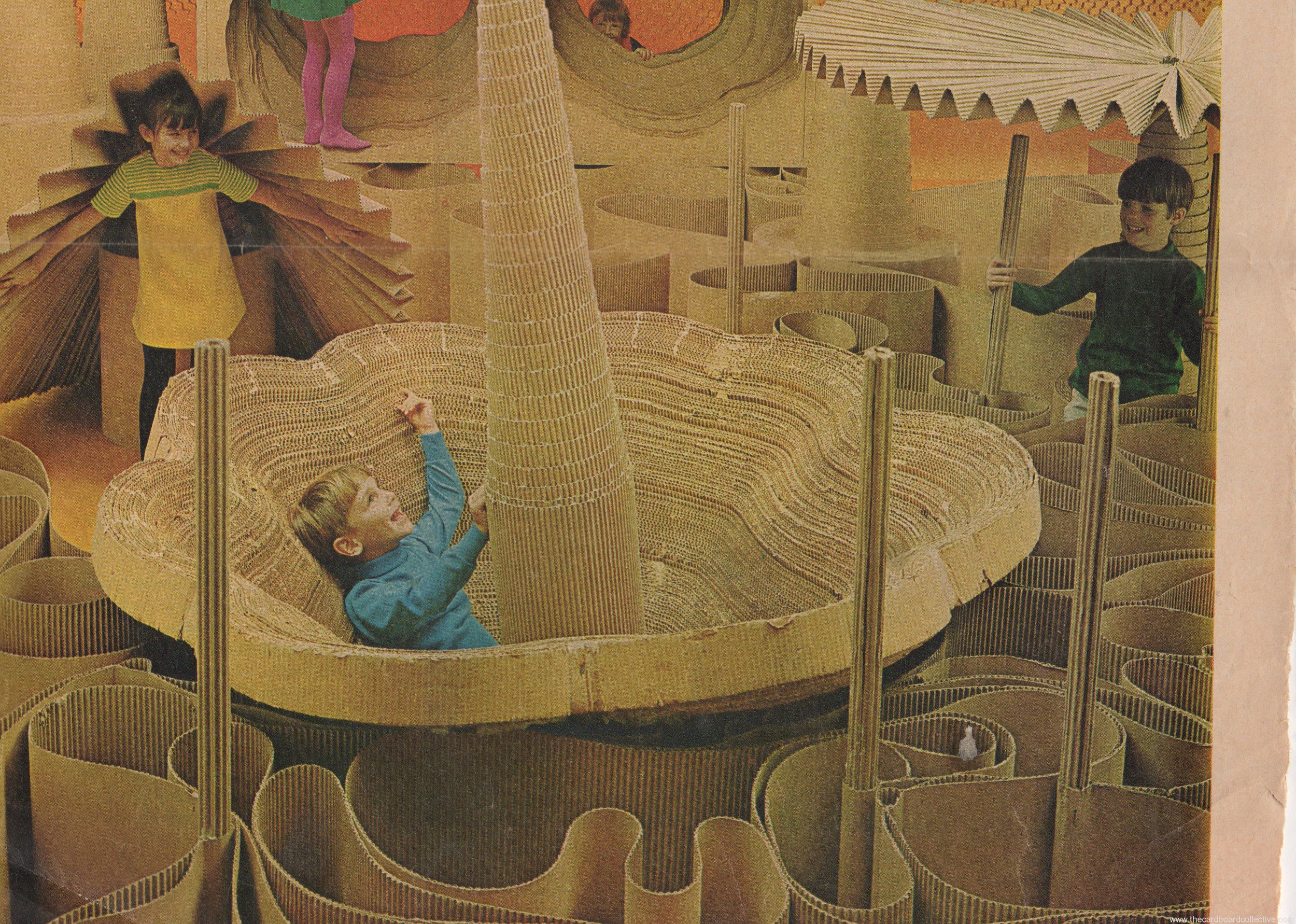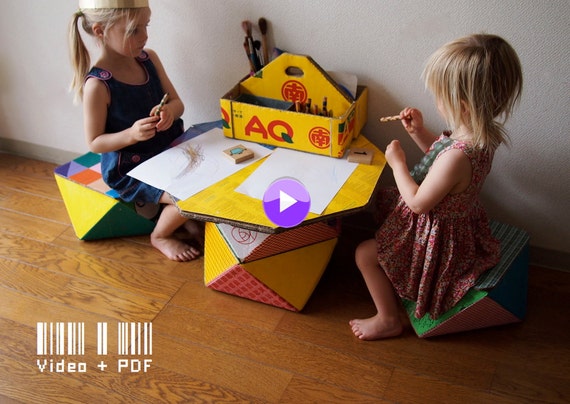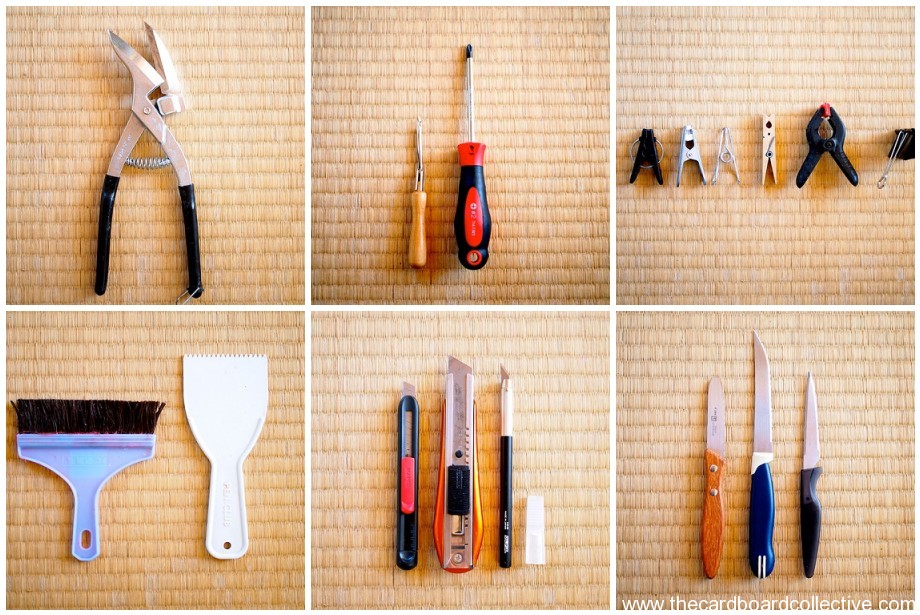When I released the Totem Box pattern a few weeks ago, I alluded to the fact that this was a design that I used to manage the "little" toys in our house, but the thought behind the design goes a little deeper.
Quite a few months ago, I made an online friend named Allie who writes the blog, Bakers and Astronauts (as well as Play Lab). Allie's blog is hands down my favorite website about early childhood and inspired play, and it was Allie who first introduced me to the Theory of Loose Parts, which got me exploring with my own children.
"The Theory of Loose Parts Play" was proposed by Simon Nicholson back in the 1970's. His theory is this: "In any environment, both the degree of inventiveness and creativity, and the possibility of discovery, are directly proportional to the number and kind of variables in it."
When I started thinking about adapting Loose Parts Play inside my home, there were a few things to rethink. First of all when Nicholson speaks about number and kind of variables, I think he ultimately takes his inspiration from one place, and one place only; the truly wild outdoors. Outside loose parts can fall from the sky, be dug from the ground, plucked from a branch, or drop from a bird's wing. The sounds, textures, and smells are all ever-changing and we could never, ever recreate such an amazing sensory experience inside a house, even with dump trucks of glitter.
I had to watch my daughters play a lot to better understand how I could compete with mother nature and increase the number of "variables" (not necessarily the amount of stuff) within our home play environment. Over time, I noticed three categories of objects emerge that they "needed" to make their play more cohesive:
Loose Parts: hand-held objects that assume imagined identities through play.
Containers: objects used by my daughters for collecting, sorting and transporting loose parts as well as defining small spaces.
Expandable Parts: objects used by my daughters to construct and define large spaces
Now, whenever my daughters engage in loose-parts-style play, I try to make sure that all of these elements are available to them. When they are absent, tragic things have happened. Entire shelves of puzzles have been mined for loose parts, fabric and sewing notions have gone missing and Loose Parts Play has ravaged my home like a wildfire, consuming hours of my time in little loose parts cleanup. Although these ideas are only my own expansion on someone else's theory, so far they have proven true for our sample size of two. I'm curious to hear about your observations. What drives the loose parts engine in your home or classroom?
Enjoy our family recipe for Loose Parts Play (indoors):
(Substitute as necessary)
Loose Parts wooden blocks, plastic construction blocks, plastic bottle caps, acorns, shells, stones, cardboard tubes, clothespins, handkerchiefs, fabric scraps, stones, coins
+
Containers
Sorting Totem Boxes, egg cartons, cardboard fruit trays, graduated boxes
Transporting small paper bags, child sized buckets, baskets, boxes
Collecting nesting eggs (wooden or plastic), Matryoshka dolls, jewelry boxes, matchboxes, small recycled plastic jars, small tins with lids
+
Expandable Parts
Textiles large scarves, large fabric pieces, tissue paper, newspaper, softened Kraft paper, child-sized carpets or rugs, blankets
“Fences” cushions, interlocking cardboard pieces, over-sized lightweight blocks, Hula Hoops, jump ropes, long, lightweight cardboard tubes, fold-up cardboard screens









